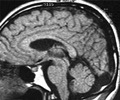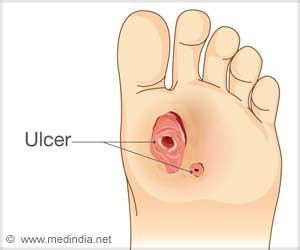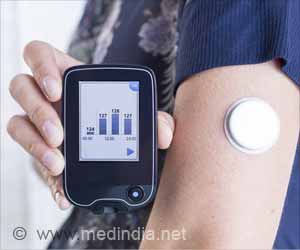
‘Enhanced activation of vitamin d curbs type 2 diabetes progression in animal models.’
Tweet it Now
The investigators accomplished their goal by using an unexpected source: vitamin D. Vitamin D in cells and mouse models proved beneficial in treating damaged beta cells. It also provided new insights about gene regulation that could be applied to developing treatments for other diseases, including cancer. "We know that diabetes is a disease caused by inflammation," explains senior author Ronald Evans, a Howard Hughes Medical Institute investigator and holder of Salk's March of Dimes Chair in Molecular and Developmental Biology. "In this study, we identified the vitamin D receptor as an important modulator of both inflammation and beta cell survival."
Using beta cells created from embryonic stem cells, the investigators were able to identify a compound, iBRD9, that appeared to enhance the activation of the vitamin D receptor when it was combined with vitamin D to improve the survival of beta cells. The team accomplished this by conducting a screening test to look for compounds that improved the survival of beta cells in a dish. They then tested the combination in a mouse model of diabetes and showed that it could bring glucose back to normal levels in the animals.
"This study started out by looking at the role of vitamin D in beta cells," says Zong Wei, a research associate in Salk's Gene Expression Laboratory and the study's first author. "Epidemiological studies in patients have suggested a correlation between high vitamin D concentrations in the blood and a lower risk of diabetes, but the underlying mechanism was not well understood. It's been hard to protect beta cells with the vitamin alone. We now have some ideas about how we might be able to take advantage of this connection."
The underlying process has to do with transcription--the way that genes are translated into proteins. Combining the new compound with vitamin D allowed certain protective genes to be expressed at much higher levels than they are in diseased cells.
Advertisement
The discovery's implications can have far-reaching implications: It identifies a basic mechanism that can be translated into drugging many different targets in the clinic.
Advertisement
The investigators say that, although the new compound did not appear to cause any side effects in the mice, further testing is needed before clinical trials can begin.
Source-Eurekalert















